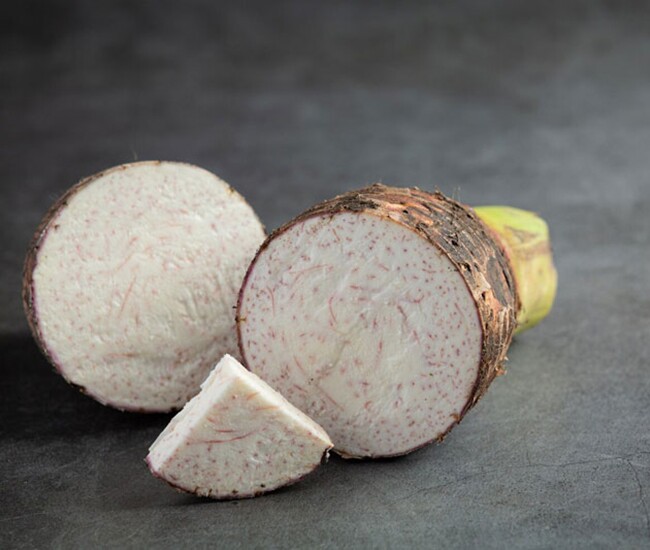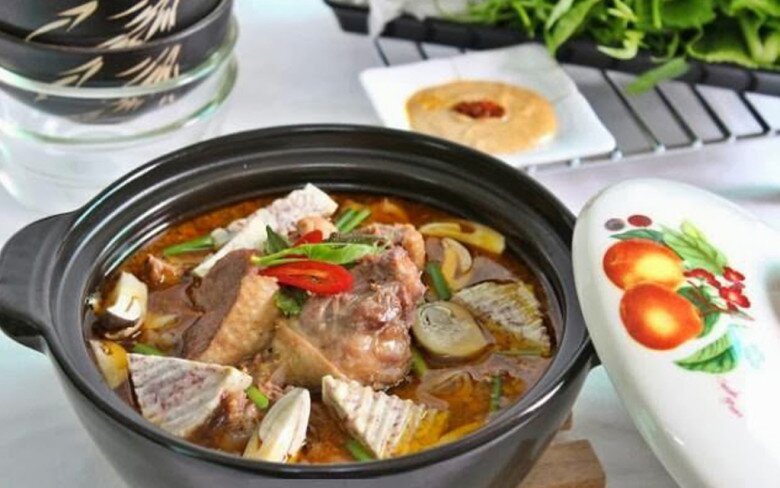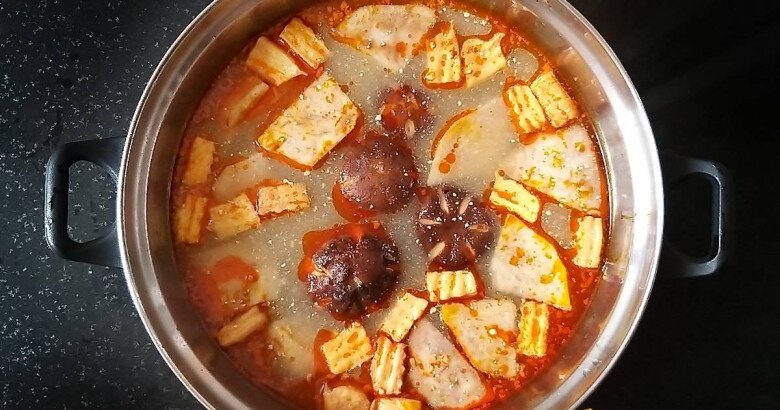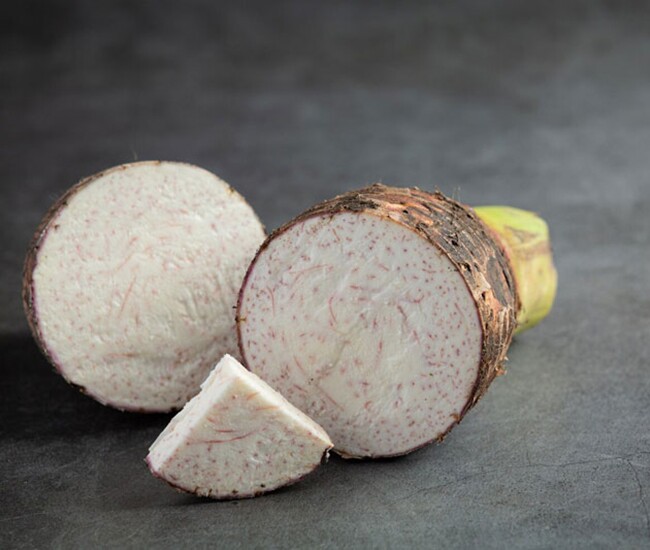Adding taro to hot pot is a common practice, but did you know that some restaurants fry the taro before adding it to the broth? There are some interesting reasons behind this practice, and it all comes down to enhancing the flavor and texture of this delicious root vegetable.

Taro is a versatile and nutritious ingredient that is commonly used in hot pots. Not only does it enhance the flavor of the dish, but it also packs a nutritional punch. When added to a hot pot, taro offers the following benefits:
Taro Makes the Hot Pot Taste Better
There’s no denying that taro adds a whole new dimension of flavor to a hot pot. Here are some of the ways it does so:
– Adds sweetness and richness to the broth: Taro is naturally high in starch, which releases a subtle sweetness when cooked. This helps to balance the flavors in the broth and gives it a smoother, more silky texture. Additionally, the starch adds a natural richness, eliminating the need for coconut milk or other fattening ingredients.

– Balances flavors and reduces spiciness: In hot pots with a spicy or strong flavor profile, such as seafood or beef hot pot, taro helps to mellow out the spiciness and make the broth more palatable. In seafood hot pots, taro also helps to neutralize the fishy smell, creating a more harmonious dish.
– Increases creaminess and satiety: Taro is rich in starch but easy to digest, leaving diners feeling satisfied without the heaviness often associated with starchy foods. In vegetarian or chicken hot pots, taro can be used as a meat substitute to make the dish more substantial without compromising on flavor.
– Boosts nutritional value: Taro is an excellent source of dietary fiber, which aids in digestion, especially when consuming a protein-rich hot pot with meat and seafood. Additionally, taro is cholesterol-free, making it a healthy option for adding richness to your meal.
Why Do Restaurants Fry Taro Before Adding It to the Hot Pot?
You may have noticed that restaurants often don’t add raw taro directly to the hot pot. Instead, they fry it first, and there are several good reasons for this practice:
– Maintains structure and prevents disintegration: Frying the taro creates a slight crust on the surface, helping the taro hold its shape and preventing it from falling apart during prolonged cooking in the broth. Adding raw taro directly to the broth can cause the starch to dissolve, making the broth cloudy and the taro mushy.

– Enhances flavor and creaminess: Frying gives taro a subtle golden color and releases its distinctive starchy aroma. The slightly crispy exterior also helps the taro absorb the flavors of the broth more effectively, infusing it with the spicy, sour, and salty notes of the broth. Additionally, the small amount of oil used in frying adds a subtle richness to the taro, making it even more delectable.
– Reduces stickiness: Raw taro is high in starch, and adding it directly to the broth can make the broth slightly sticky. Frying the taro first helps to seal in the starch, resulting in a clearer broth.
How to Choose the Best Taro for Your Hot Pot
– Inspect the skin: Look for taro roots that still have moist soil attached, as this indicates freshness. Avoid dry or rotten roots.
– Check the eyes: Taro with many small eyes on the surface is usually softer and tastier. Larger eyes or fewer eyes may indicate a less flavorful and less creamy taro.
– Weight: Lighter taro roots of the same size tend to have more starch and will be creamier and tastier. Heavier roots may have a higher water content and can be less flavorful.
– Cut surface: If you can see the cut surface, choose taro with more purple veins, as this indicates a sweeter, more fragrant, and starchier taro. Taro with fewer veins and more empty spaces is usually less flavorful.
Taro is not just a tasty addition to hot pots, but it also boosts the nutritional value of the dish. Frying taro before adding it to the hot pot not only helps maintain its shape and texture but also enhances its flavor and visual appeal. So, if you want to recreate that restaurant-quality hot pot at home, don’t forget this little trick!







































